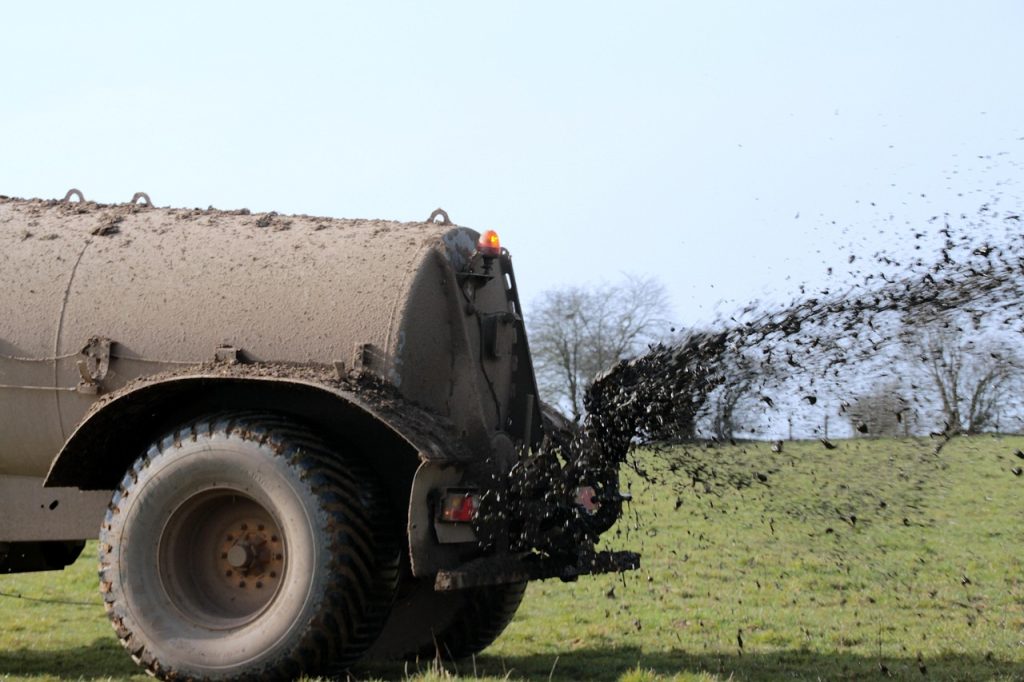Have you ever wondered where all the waste from mining and power plants goes?
Most of it ends up in something called slurry impoundments – massive, man-made ponds filled with toxic waste materials like coal ash, rock dust, and chemical residues.
These impoundments are often hidden away in remote areas, out of public sight.
But their impact on our environment and health is very real.
Slurry impoundments were designed to store waste safely, but over time, they have become one of the most serious environmental challenges on Earth.
And their effects go far beyond what most people realize.
What Are Slurry Impoundments?
In simple terms, a slurry impoundment is a large pond used to store slurry, a mix of water, fine particles of rock, and industrial chemicals.
These ponds are commonly found near coal mines, metal extraction sites, and power plants.
There are different types of slurry impoundments:
- Coal slurry ponds: Used in coal mining to store waste after washing coal.
- Tailings ponds: Found in metal mining, holding waste from the extraction process.
- Ash ponds: Used by coal power plants to store coal ash and residues.
They might look calm from above, but underneath lies a mix of toxic substances that can remain hazardous for decades.
The Scale of the Problem
There are thousands of slurry impoundments around the world.
In the U.S. alone, the Environmental Protection Agency (EPA) estimates there are over 1,100 coal ash ponds. Many of them are old, unlined, and prone to leaks.
Globally, countries like China, India, and Brazil face similar challenges. The sheer volume of waste stored in these ponds runs into billions of gallons.
Many of these impoundments were built decades ago and are now deteriorating, increasing the risk of failure.
When these structures fail, the results can be catastrophic, releasing toxic sludge into rivers and communities downstream.
Environmental Impact of Slurry Impoundments
The biggest issue with slurry impoundments is leakage and contamination.
The toxic mix of heavy metals, chemicals, and fine particles often seeps into groundwater and nearby rivers.
This contamination affects:
- Water sources: Arsenic, mercury, and lead from slurry can pollute drinking water.
- Soil and crops: Contaminated soil loses fertility and can harm plant growth.
- Wildlife: Aquatic animals and birds often die after exposure to polluted water.
One of the most infamous examples is the Buffalo Creek Disaster in 1972, when a coal slurry dam in West Virginia collapsed, killing 125 people and destroying several towns.
Human and Community Consequences
Communities living near slurry ponds often face serious health risks. Contaminated groundwater can cause skin diseases, respiratory problems, and even cancers.
In many areas, especially rural and low-income regions, people are unaware of what lies beneath their soil or in their water.
Besides health risks, these communities also suffer economic losses.
Farmland becomes unusable, homes lose value, and in the event of a dam failure, entire livelihoods can be wiped out overnight.
It’s not just an environmental issue, it’s a human issue.
Why Do Slurry Impoundments Still Exist?
You might wonder – if slurry impoundments are so dangerous, why do we still use them?
The simple answer: they’re cheap and convenient. Building a slurry pond costs far less than investing in advanced waste treatment systems.
Many companies also benefit from weak environmental regulations or poor enforcement in developing regions.
In some cases, industries argue that impoundments are necessary for large-scale production. But this mindset often prioritizes short-term savings over long-term safety and sustainability.
Sustainable Alternatives and Innovations
Thankfully, there are better ways to manage industrial waste today:
- Dry stacking: This method removes most of the water from the waste, allowing it to be stored safely as a solid mass.
- Filtration and dewatering: Reduces the risk of leaks and dam failures.
- Recycling tailings: Some industries now reuse tailings in construction materials like bricks and cement.
- Rehabilitation projects: Old impoundments can be reclaimed and restored into green spaces or wetlands.
These innovations show that it is possible to move away from dangerous waste ponds without halting industrial progress.
Countries like Canada and Finland have started adopting these sustainable practices.
Case Studies: Lessons from the Past
The world has seen the tragic consequences of slurry impoundment failures:
- Mariana Dam Disaster, Brazil (2015): Over 60 million cubic meters of iron ore waste spilled into rivers, killing 19 people and devastating ecosystems.
- Kingston Coal Ash Spill, USA (2008): A dike burst released 1.1 billion gallons of coal ash slurry, contaminating miles of river.
- Jagersfontein Dam Collapse, South Africa (2022): Toxic sludge buried homes and killed several residents.
Each disaster revealed the same truth that ignoring environmental safety eventually leads to human tragedy.
In Conclusion
Slurry impoundments might seem like a distant problem, but they touch every part of our ecosystem.
From the water we drink to the food we grow, their impact is closer than we think.
So, supporting sustainable technologies, demanding stricter laws, and holding industries accountable, we can prevent future disasters.
It’s time to replace these silent threats with solutions that restore balance to nature.
Our planet deserves better, and so do we.
